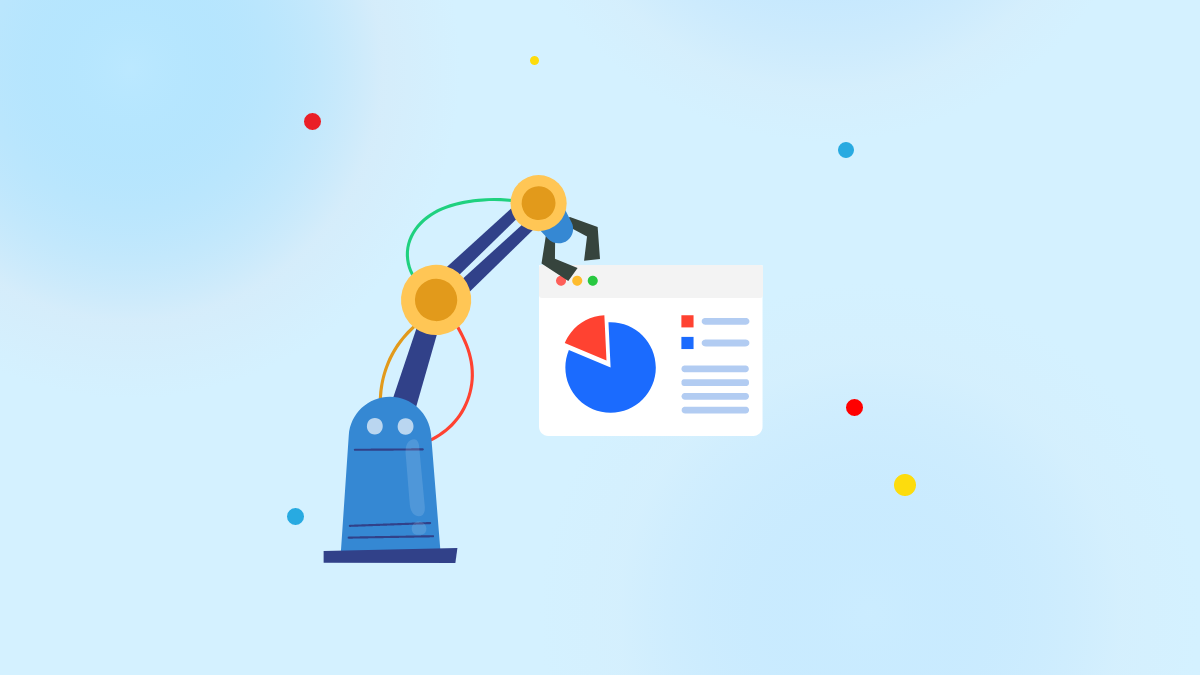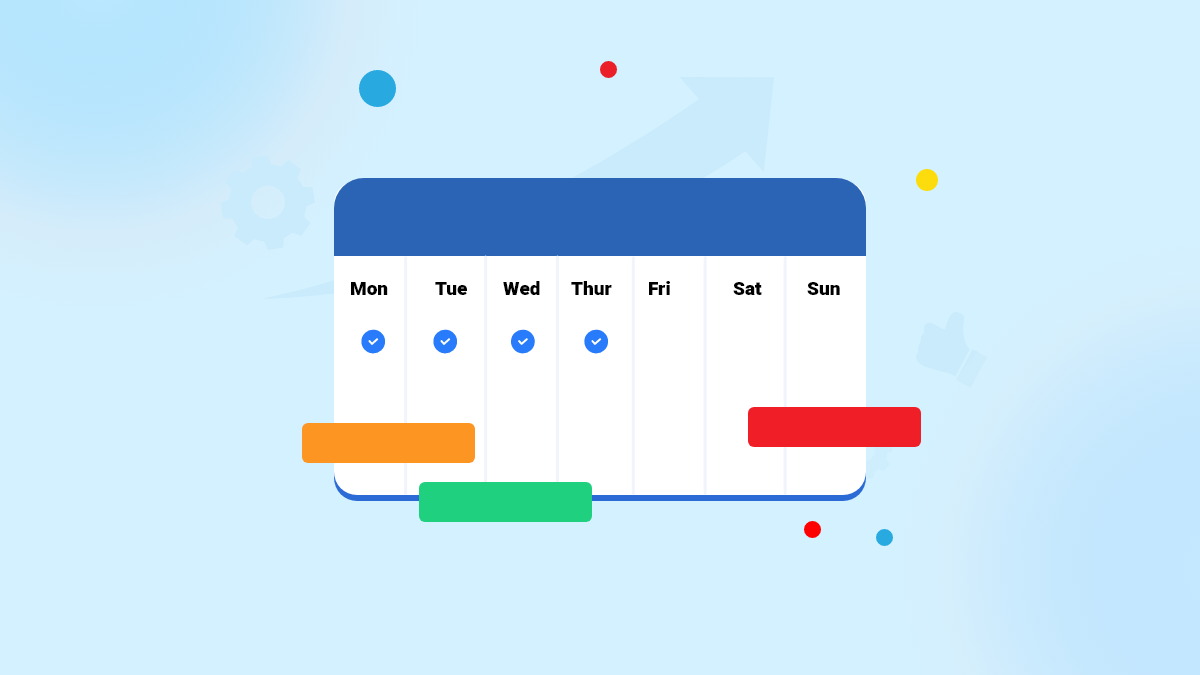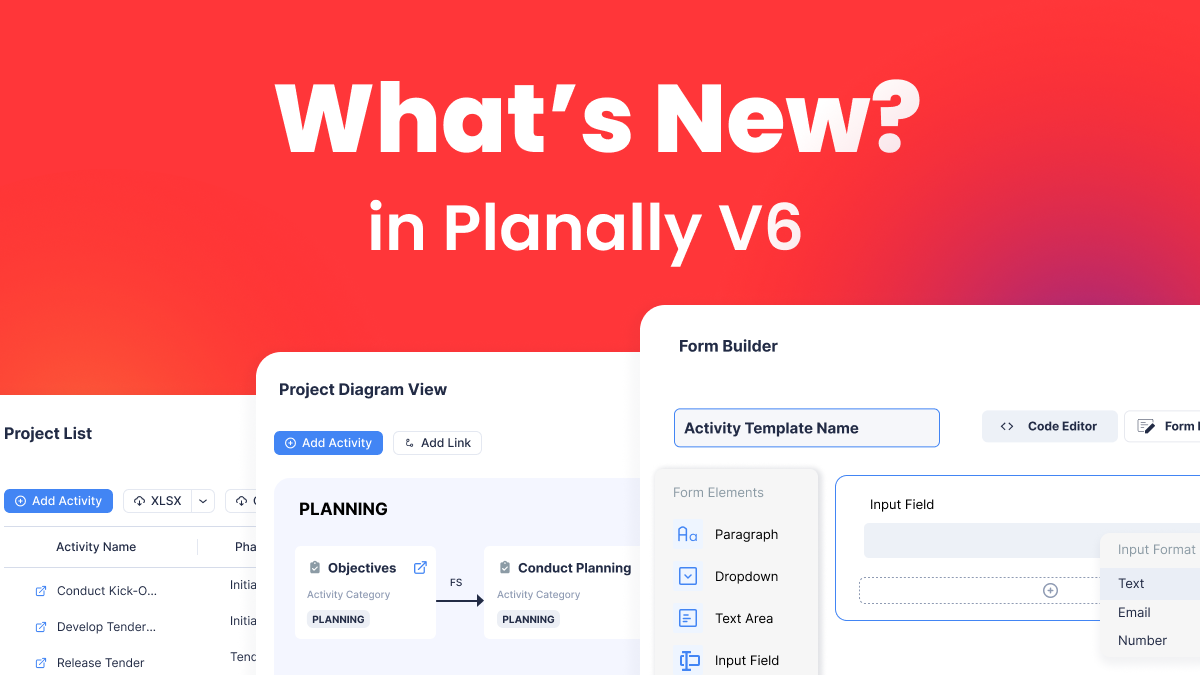
Introduction: The Way We Work Is Changing
In 2025, our days are saturated with digital noise—notifications ping every two minutes, email binges stretch into the night, and meetings keep us in perpetual motion. Microsoft’s latest Work Trend Index calls it the infinite workday, capturing a new reality where work never seems to stop, and attention frays under constant distraction
This digital fatigue doesn’t just slow us down—it eats away at creativity, well-being, and the space needed to think deeply. But the answer isn’t more people or longer hours. It’s a shift in mindset—the realization that smarter workflows begin not with more hands, but with smarter systems.
Enter the automation mindset: a strategic transformation in how we approach work. Rather than asking “Who will do this task?” we ask “How can we get it done most efficiently, ideally by automating it?” This pivot unlocks both speed and quality, liberating human effort for higher-value work.
At Planally, we built our no-code workflow automation platform precisely for this shift. We empower teams to reimagine repetitive processes—not by adding more hours, but by redesigning how work flows. Because automation isn’t just a feature—it’s a mental framework that turns fatigue into clarity, and busywork into breakthroughs.
What Is the Automation Mindset?
The automation mindset is a foundational shift in workplace thinking that places efficiency and outcome first. Instead of asking who will complete a task, this mindset reframes the question: “Can this task be executed more efficiently – can it be automated?” This reframing transforms repetitive, error-prone tasks into streamlined, reliable processes.
This approach applies to every department—marketing, HR, finance, customer support—without being limited to IT. With Planally’s intuitive no-code automation platform, teams across the organization can embed automation into daily workflows, significantly reducing manual workload and enabling people to dedicate effort to strategy, creativity, and relationship-building.
The Five Core Principles of the Automation Mindset
 1. Proactive Process Evaluation
1. Proactive Process Evaluation
Always scan workflows for repetitive or error-prone actions that can be improved through automation.
Planally encourages this mindset by making task evaluation and automation setup fast, feel-native, and part of your regular rhythm—no coding required.
2. Outcome-Focused Thinking
Begin with the end goal—whether it’s faster approvals, higher data quality, or better customer service—and reverse engineer the automation path.
Planally’s automation canvas lets users define outcomes first, then create workflows that deliver those outcomes reliably and visibly.
3. Continuous Improvement
Automation is not “set and forget.” It demands continuous monitoring, refinement, and iteration as workflows and business needs change.
Planally’s adaptable design empowers teams to tweak workflows seamlessly, driving ongoing performance gains and process resilience.
4. Collaboration Across Functions
Break down department silos by giving everyone—from sales to operations—the ability to contribute automation ideas.
With Planally’s low-code approach, domain experts take ownership, from idea to deployment, without waiting on IT—fueling collective innovation.
5. Human-Centric by Design
Use automation to lift the burden of routine tasks, allowing humans to focus on nuanced, strategic, and creative work that only they can do.
Planally is built on this philosophy—automation supports, not replaces, human effort, freeing teams to focus on empathy, innovation, and thinking ahead.
These principles form a powerful framework for rethinking work into a collaborative, outcome-driven, and continuously evolving system—exactly the kind of environment Planally is built to support.
Why the Automation Mindset Matters Now
In a world where speed, accuracy, and adaptability define success, the automation mindset offers a clear competitive edge. Organizations embracing this shift aren’t just improving workflows—they’re redefining how work gets done. Below are the key benefits driving widespread adoption.
|
Benefit |
What It Delivers |
|
Increased Productivity |
Automation eliminates repetitive tasks, allowing teams to focus on high-value work. According to Microsoft, AI tools have saved employees up to 14 hours per week on routine tasks. |
|
Enhanced Accuracy & Quality |
Automated workflows reduce human error and ensure consistency, especially in data handling, IT operations, and finance tasks. Microsoft reports a 34% improvement in administrative accuracy. |
|
Operational Cost Savings |
By automating manual work, businesses lower labor costs and reduce inefficiencies. This frees up budget for strategic investments and innovation. |
|
Scalability Without Complexity |
Automation allows companies to scale operations without increasing headcount or restructuring teams. Processes adapt faster to growth without adding overhead. |
|
Faster Execution & Turnaround |
Automation accelerates task completion across departments—whether it’s onboarding new hires, processing requests, or updating systems in real time. |
|
Improved Innovation & Morale |
When teams are freed from repetitive work, they have more time to think creatively and solve complex problems—leading to higher satisfaction and retention. |
|
Stronger Customer Experience |
Automated systems enable faster, more personalized service delivery—enhancing responsiveness, reducing delays, and creating more consistent customer journeys. |
The automation mindset isn’t just about efficiency—it’s about empowering people to do more meaningful work. By focusing on outcomes and reducing friction, businesses set themselves up for long-term growth in a rapidly changing world.
From Thought to Action: How to Build the Automation Mindset
Adopting an automation mindset is more than deploying new tools. It’s about rewiring how teams think about work. The most successful organizations don’t start with big bets—they start small, build confidence, and scale what works.
 1. Educate and Upskill
1. Educate and Upskill
The first step is awareness. Train teams on what automation actually means today—especially the accessibility of no-code tools. When employees understand what’s possible, they’re more likely to identify automation opportunities within their roles.
2. Empower the Frontline
Automation can’t live in silos. Give people closest to the work the freedom to improve it. This means encouraging non-technical staff to automate routine tasks, such as notifications, approvals, and data entries, without waiting for IT.
3. Start Small, Scale Fast
Big automation initiatives often stall because they aim for perfection. Instead, launch small, impactful automations—things that save 30 minutes a day or eliminate bottlenecks. Then, scale these wins across other teams or departments.
4. Set Smart Governance
Successful automation requires structure. Establish guardrails around data use, permissions, naming conventions, and documentation. This builds confidence in automation while keeping workflows secure and compliant.
5. Share Successes
Visibility fuels momentum. Share internal success stories, time savings, and process improvements. Recognizing early wins inspires other teams to think differently about their own work.
Planally supports every step of this journey. With its intuitive no-code interface, teams can build powerful automations without technical expertise. Centralized controls help maintain standards, while built-in analytics make it easy to track progress and ROI. Whether you’re just starting or scaling company-wide, Planally makes the automation mindset real—and repeatable.
What the Future Looks Like with an Automation Mindset
The future of work is not about replacing people with machines. It’s about empowering people to focus on what they do best—creative thinking, strategic problem-solving, and building human connection.
Organizations that embrace an automation mindset will lead with agility, scale with resilience, and innovate faster than ever. McKinsey calls this the rise of “superpowered teams” where technology enhances human capability rather than diminishes it. These teams are no longer bogged down by repetitive, manual processes. Instead, automation handles the routine, while humans drive creativity and complex decision-making.
Google’s latest AI integrations show this shift in action—keeping humans in control while automation handles the heavy lifting, from meeting notes to data insights.
Workplaces that prioritize automation see more than efficiency gains. They unlock time, clarity, and space for real innovation. It’s not about working faster. It’s about working smarter, with purpose and creativity at the core.
Final Thoughts: Mindset Is the New Strategy
Technology alone doesn’t create transformation. The real shift happens when teams adopt a new way of thinking—where automation becomes the default lens through which work is approached.
This is the automation mindset. It’s not just a toolset. It’s a cultural reset.
Leaders who champion this mindset aren’t asking “How do we get more done?” They’re asking “How can we work better, smarter, and with more impact?”
The truth is simple:
You don’t automate to get rid of people. You automate to set them free.
With platforms like Planally, that freedom is just a few clicks away.
Ready to Rethink Work?
Tired of repetitive tasks slowing you down?
It’s time to automate the busywork and free up time for the work that truly matters.
✨ No-code. All impact.
Planally makes it simple to streamline your workflows—without writing a single line of code.
🔍 Start small
Pick one task you never want to do again.
💡 Let Planally show you how to automate it.
👉 Get Started with Planally – your smarter, simpler way to work.
FAQ: The Automation Mindset and Smarter Workflows
What is the automation mindset in the workplace?
The automation mindset is a strategic approach that prioritizes efficiency by rethinking how tasks are completed. Instead of asking who should do a task, teams ask how it can be done more efficiently—ideally through automation. This mindset shifts focus from manual effort to outcome-driven systems that streamline repetitive work.
Why is the automation mindset important in 2025?
With digital overload and constant distractions, the automation mindset helps organizations reclaim focus, reduce burnout, and increase productivity. In 2025, companies that embrace automation can scale operations, enhance decision-making, and free teams for higher-value, creative work.
How does no-code automation support the automation mindset?
No-code automation tools like Planally empower non-technical teams to automate workflows without needing IT support. This democratizes innovation across departments, enabling quicker process improvements, greater collaboration, and faster time-to-value.
What are the benefits of adopting an automation mindset?
Key benefits include increased productivity, reduced manual errors, lower operational costs, faster task completion, and improved employee satisfaction. Automation also enables consistent customer experiences and makes scaling operations easier without added complexity.
How can companies start building an automation mindset?
Organizations should start by educating teams about automation, empowering frontline employees, and launching small, quick-win automations. Setting smart governance and sharing success stories will accelerate adoption and build a culture of continuous improvement.



